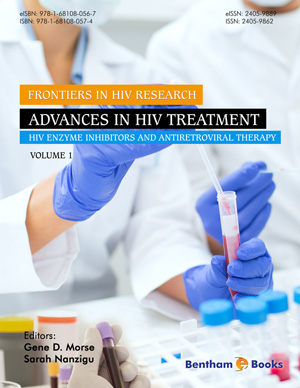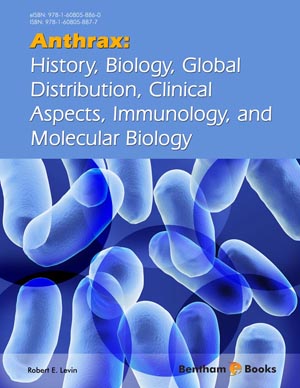Abstract
Antimicrobial agents are considered one of the most useful and successful forms of chemotherapeutics in the history of medicine. Unfortunately, resistance to such antimicrobial agents is widespread globally which represents a major challenge faced by the health authorities. Some species of microorganisms are intrinsically resistant to the effects of certain antimicrobial agents whereas the selective pressure of antimicrobials can cause others to acquire the resistance due to mutation of the target sites or horizontal gene transfer. The increased dissemination of microbes resistant to antibiotics may be caused by misuse/overuse of antibiotics, non-human use of antimicrobials or pharmaceutical manufacturing effluents. The emergence and spread of antimicrobial resistance influence many sectors in the healthcare system which will be negatively reflected on the whole community and can lead to many consequences which include high morbidity and mortality rates, loss of protection for patients and increased healthcare costs. The continuously increasing rate of antibiotic resistance to almost all traditional antimicrobial agents boosted the urgent need for the development of new non-traditional therapeutics. In addition, innovative strategies should be applied to reduce the emergence of new resistant pathogens. There are many alternative approaches and treatment options at different stages of investigation and development to combat multidrug-resistant pathogens including: development of new antibiotics, phage therapy, monoclonal antibodies, probiotics and anti-virulence factors. Because antibiotic resistance is a cross-border problem and microbes travel freely, international cooperation and coordination are required to solve such a problem. The use of antimicrobial agents should be optimized and misuse and overuse of such vital drugs should be avoided, and stewardship antibiotic programs should be implemented for the proper utilization of antibiotics. In addition, the non-human use of antimicrobial agents in agriculture and animal husbandry should be as limited as possible to reduce the unnecessary use that accelerates the development of antimicrobial resistance. In addition, global public awareness programs are urgently needed to educate everyone about the hazards and consequences of antimicrobial resistance and how such problems could be countered.
Keywords: Antimicrobial resistance, antibiotic misuse, selective pressure, gene transfer, intrinsic resistance, acquired resistance, economic cost, antimicrobial stewardship, alternative therapy, phage therapy, probiotics.






















